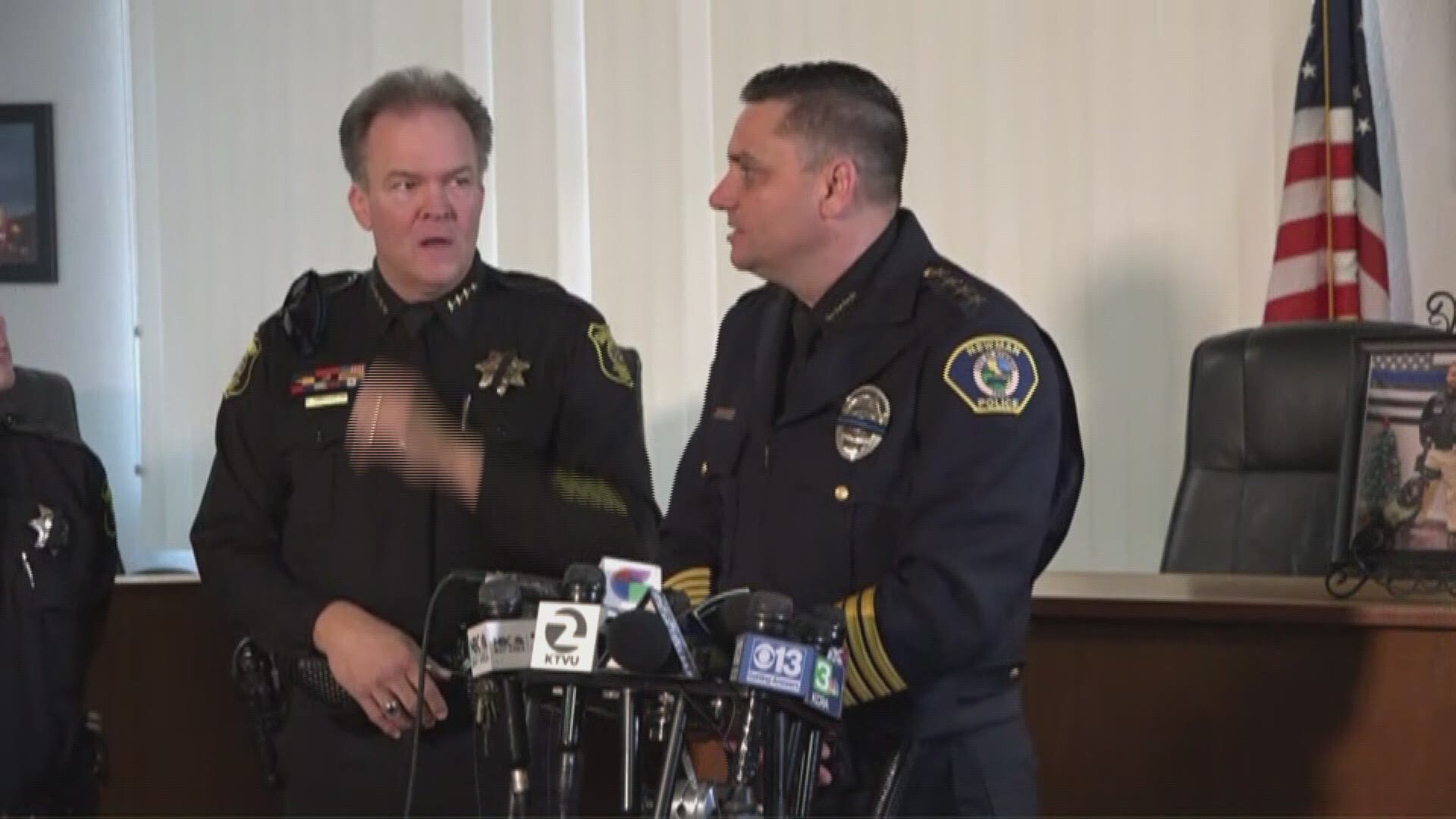This article was originally published on December 27, 2018.
After an officer-involved shooting or a major incident involving an officer, people in nearby areas may see what is called a blue alert. These alerts include information that could help law enforcement officials find the suspect involved in the case.
Blue alerts are to be specifically used when there is actionable information about the situation or the suspect in regards to:
- An officer is reported injured or dead.
- An officer is missing in connection with official duties.
- There is an imminent and credible threat to kill or seriously injure a law enforcement officer.
Each state varies on criteria for a blue alert. In the state of California, the following are required:
- A law enforcement officer has been killed, suffers serious bodily injury or is assaulted with a deadly weapon, and the suspect has fled the scene.
- A law enforcement agency investigating the offense has determined the suspect poses a threat to the public or other law enforcement.
- A detailed description of the suspect's vehicle or license plate is available.
- Letting the public know the available information will accelerate finding the suspect or prevent further harm.
*Information obtained from California Highway Patrol
The California Highway Patrol is able to use social media, media outlets, CHP internet sites, Wireless Emergency Alert (WEA) and changeable message signs that can be seen on highways.
The U.S. Department of Justice as part of the Omnibus Crime Control and Safe Streets Act of 1968 added in 2013 and last updated in 2016 the Blue Alert Network. The law allows for funds to be used towards running the programs to help apprehend suspects in these situations.
Other alerts under the Omnibus Crime Control and Safe Streets Act of 1968 include the Amber Alert and Silver Alert.
Read more from ABC10
► FOR NEWS IN YOUR COMMUNITY, DOWNLOAD OUR APP:
► Stay in the know! Sign up now for the Daily Blend Newsletter




